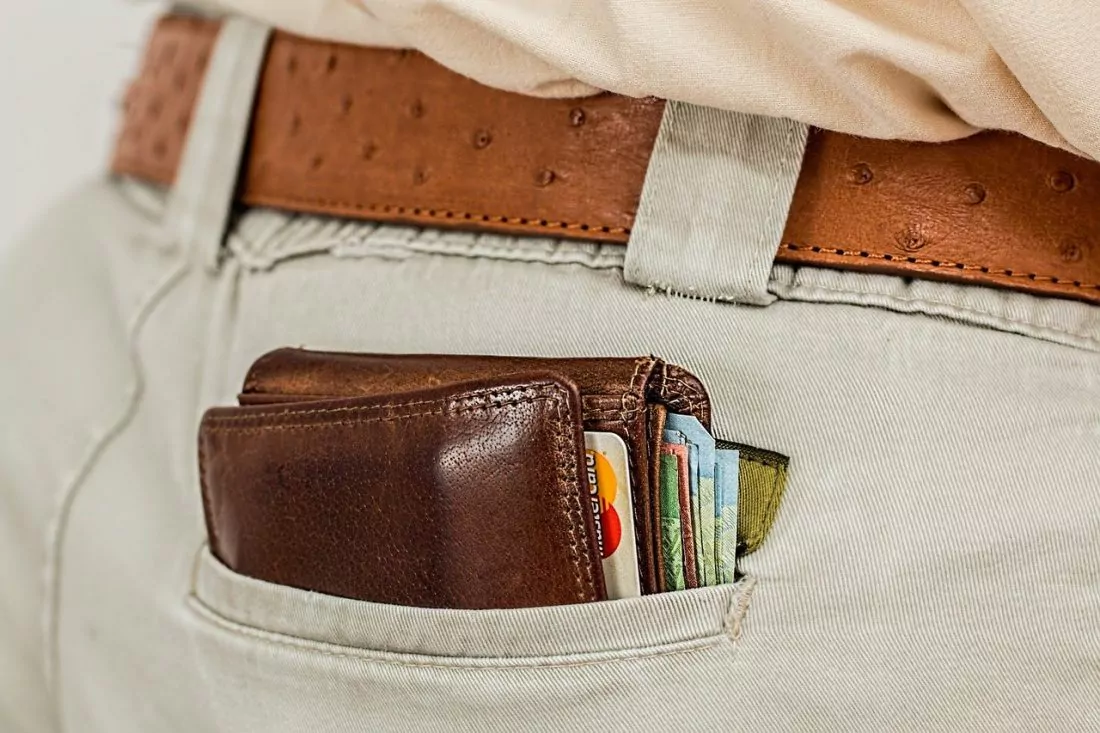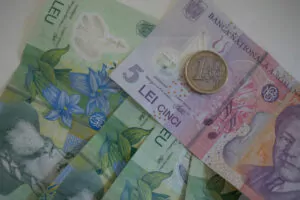Although digital payments are becoming increasingly widespread in most countries, as is the case with „digital wallets” on smartphones, cash remains the most widespread form of payment, especially in Romania, where 78% of transactions are still made in cash.
Urmărește mai jos producțiile video ale Economedia:
- articolul continuă mai jos -
Romania tops a list of ten countries around the world, considered to be dependent on cash, according to a study by Merchant Machine, a UK-based organisation, which has examined payment methods in each country from 2019 to early 2020, tracking cash payments and the spread of ATMs.
Romania, where 42% of citizens don’t have a bank account, is at the top of the list of countries that mainly use cash. And with about 65 ATMs per 100,000 inhabitants, cash remains the predominant payment method.
Egypt, Kazakhstan, Bulgaria and Ukraine are also among the top five countries on the list, with cash covering between 55% and 63% of transactions.
In Ukraine, there are 96 ATMs per 100,000 inhabitants, while in Bulgaria there are 94 ATMs per 100,000 inhabitants. The state of Peru alone has a higher percentage of ATMs, with 127 per 100,000 inhabitants.
By contrast, in Norway, only 3% of payments are made in cash, and there are 31 ATMs per 100,000 adults, and the percentage of people registered with a bank account is 100%, as evidenced by the Merchant Machine study.
Translation: Ovidiu Harfas

 Sursa foto: pixabay.com
Sursa foto: pixabay.com





























